The Queen's Spirit in Literature and Art
In early March 2025, during the launch of the novel “The Father and the Stingray” in Hanoi , Korean writer Cho Chang-in said that the more he learned about Vietnam, the more he appreciated the historical and cultural values of the Vietnamese people. Among them, the stories about the Trung Sisters' uprising left a strong impression, evoking a special source of inspiration for him. Talking to us at the Shanghai International Poetry Festival at the end of 2023, a Polish poet said he was very impressed by the heroic uprising of the Trung Sisters. The Trung Sisters symbolize the ancient gender equality of the Vietnamese people.
Dramatization of the Trung Sisters' Uprising at Dong Nhan Temple.
Since childhood, I often listened to my grandmother and mother lull me to sleep with many folk songs, folk songs, and Nom poems. Among them was a poem about the Trung Sisters: "The Trung Sisters were from Chau Phong/ Angry at the greedy and cruel, they never forgot their husband's revenge/ Sisters swore a heavy oath/ Waving the flag of a lady in place of a general/ The West was in turmoil/ The army rumbled near Long Bien/ Red pants lightly marched to conquer/ Immediately chased away To Dinh, pacified the border/ The capital closed Me Linh/ Linh Nam was the only royal court of our country...". When I went to school, I learned that this was a rhymed passage in the work "Dai Nam Quoc Su Dien Ca" ordered by King Tu Duc of the Nguyen Dynasty to Mr. Le Ngo Cat to write in Nom, later compiled by Pham Dinh Toai, edited by Phan Dinh Thuc and printed by Dang Huy Tru. The first national language version of "Dai Nam Quoc Su Dien Ca" transcribed by Truong Vinh Ky appeared in 1870.
I grew up when the country was at peace and unified and watched many cai luong plays. “The sound of the drum of Me Linh” is one of the best cai luong plays and I still remember the scene where Ba Trung Trac appeared on stage, brandishing her sword and shouting: “Dear compatriots/ The Eastern Han invaders are trampling on the country/ There is no greater shame than the shame of being a foreign slave/ We would rather die standing up/ Than live on our knees/ The beautiful Southern country/ The heroic Southern people/ Before the National Ancestor Temple/ Swear to sacrifice ourselves to kill the enemy to save the country/ I swear!”. The play ended when the invaders were driven out by our army and Ba Trung Trac declared: “Let’s beat the bronze drum, so that our descendants can continue the sacred spirit of the indomitable race... The Southern country will be independent forever!”.
The original play “Tieng Trong Me Linh” was based on a 5-act opera script called “Trung Vuong” written by Viet Dung around the 1960s, published in 1972. In 1975, Thanh Minh troupe was re-established, and playwright Vinh Dien adapted the opera into Cai Luong and renamed it “Tieng Trong Me Linh”, collaborating with playwrights Vien Chau and Nguyen Phuong. Director Ngo Y Linh directed and performed it for the first time in the spring of 1977, with the participation of many talented artists such as Thanh Nga, Hung Minh, Bich Son, Thanh Sang, Bao Quoc, etc.
Sacred temples of Hai Ba Trung
According to legend, Trung Trac and Trung Nhi's paternal hometown was in Ha Loi village, now in Me Linh district, and their maternal hometown was in Nam Nguyen village, now in Ba Vi district, Hanoi. Trung Trac's husband was Thi Sach, the son of Lac general in Chu Dien, who shared the same ideology as Lac generals from other regions who united against the ruling policy of the Eastern Han. Around 39-40, the Governor To Dinh killed Thi Sach to suppress the resistance of the Vietnamese people. Trung Trac and Trung Nhi were "Sisters with a heavy curse/ Raising the flag of a lady in place of a general".
The Trung Sisters' Uprising began in the spring of March, Canh Ty year - 40, receiving the support of the army and people throughout the districts of Nam Hai, Cuu Chan, Nhat Nam, and Hop Pho. The governor To Dinh was defeated and fled. The country became independent. Lady Trung Trac declared herself king, calling herself Trung Nu Vuong, also known as Trung Vuong, and together with her younger sister Trung Nhi ruled Linh Nam, choosing Me Linh as the capital.
The Han Dynasty immediately appointed Ma Yuan as General of Phuc Ba, and Phu Lac Marquis Liu Long as deputy general, commanding about 20,000 troops divided into two wings, water and land, to invade. Faced with the overwhelming strength and extensive combat experience of the enemy, the Trung Sisters decided to retreat to Cam Khe, now in Thach That district, Hanoi. In the year Quy Mao - 43, because they were being pursued by the Han Dynasty army, the Trung Sisters kept their integrity and threw themselves into the Hat River to commit suicide.
For a long time, there have been more than 100 places across the country to worship the Trung Sisters and their generals. In addition, in Hunan province in China, there is also a temple to worship the Trung Sisters, discovered by two envoys, Nguyen Thuc and Ngo Thi Nham. After the Trung Sisters committed suicide, some generals who were captured by the enemy and taken to Han land secretly built a temple to worship the Trung Sisters.
In our country, Hanoi has many places to worship Hai Ba Trung, the largest are the 3 temples in Dong Nhan, Hat Mon - Phuc Tho and Ha Loi - Me Linh.
Hat Mon Temple is a special national monument. Every year, according to the lunar calendar, the Hat Mon Temple Festival is held on the following days: March 6, September 4 and December 24. Of which, on March 6, the festival takes place very grandly with many unique customs.
According to legend, after the Trung Sisters jumped into the Hat River to commit suicide and turned into a white rock floating to Dong Nhan wharf of the Red River. The people used red cloth to carry the statues of the Trung Sisters back to worship. In 1142, King Ly Anh Tong ordered the establishment of a temple to worship the Trung Sisters right on the riverbank. In 1819, due to the erosion of the riverbank, the Trung Sisters' temple was moved to Vo Mieu area, Huong Vien village, Tho Xuong district. Currently, the Hai Ba Trung Temple - Pagoda - Communal House Special National Relic Area, Dong Nhan ward, Hai Ba Trung district, has been formed here. The Dong Nhan Temple Festival is held annually from the 4th to the 7th of the second lunar month. In the spring of At Ty year 2025, at Dong Nhan Temple, a solemn ceremony was held to commemorate the 1985th anniversary of the Trung Sisters' uprising and to announce the Decision to list the Trung Sisters' Temple Festival as a National Intangible Cultural Heritage.
Previously, at the Hai Ba Trung Temple in their hometown of Ha Loi village, Me Linh district, the Queen's Procession Ceremony and the 1985th anniversary of the Hai Ba Trung Uprising took place, opening the temple festival for 3 spring days.
PHAN TAN HUNG
Source: https://baocantho.com.vn/cam-hung-tu-hao-khi-khoi-nghia-hai-ba-trung-a184541.html



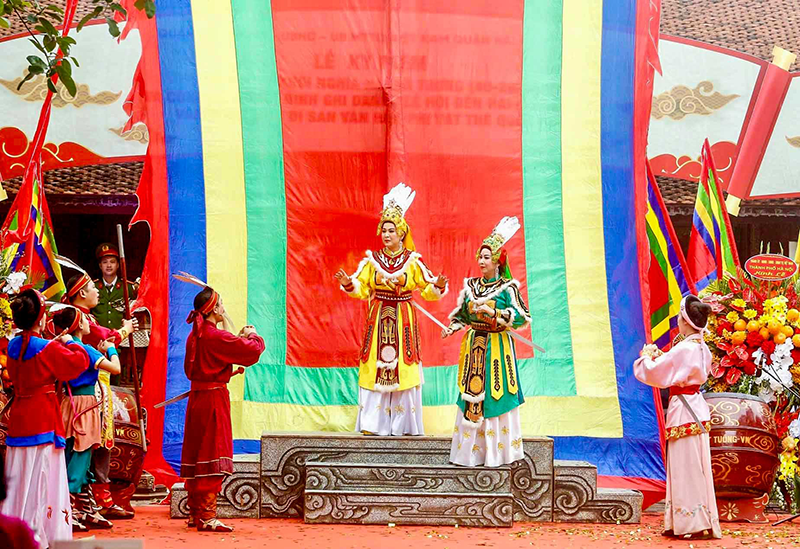
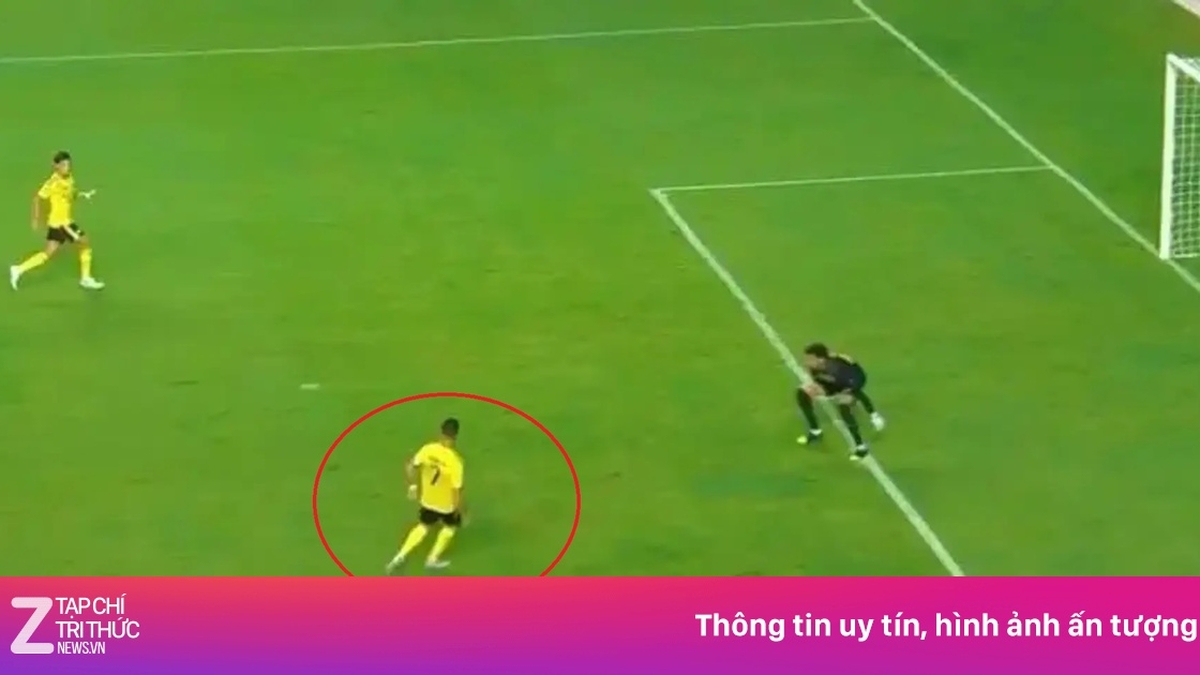




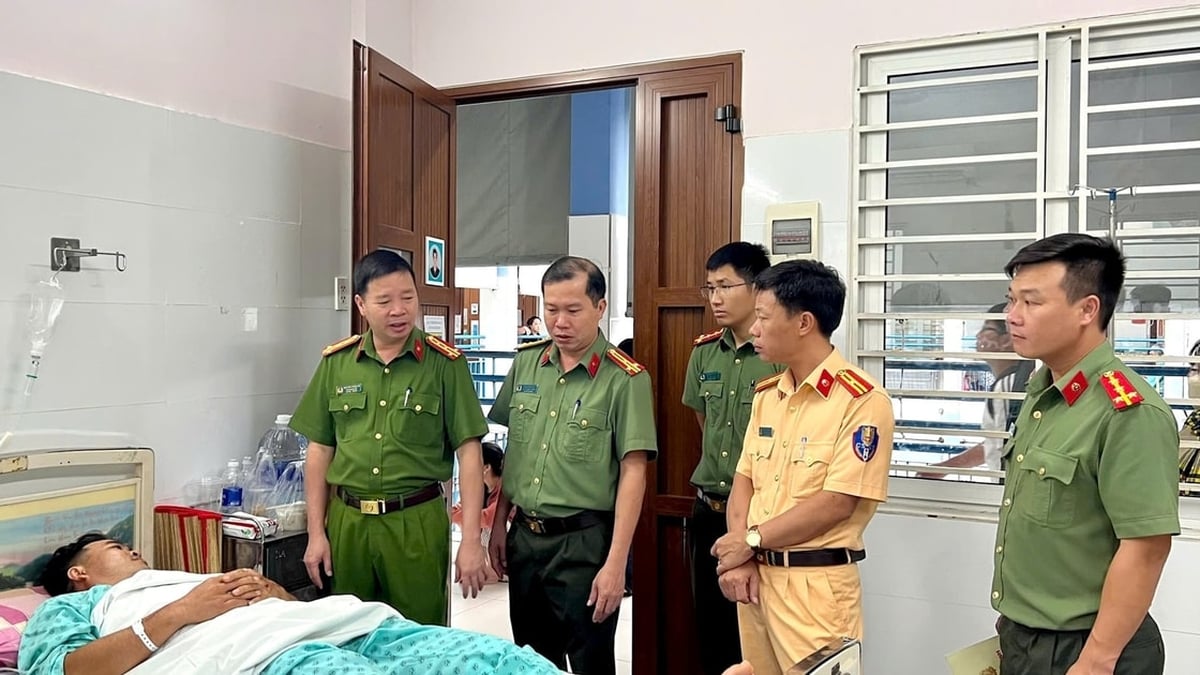
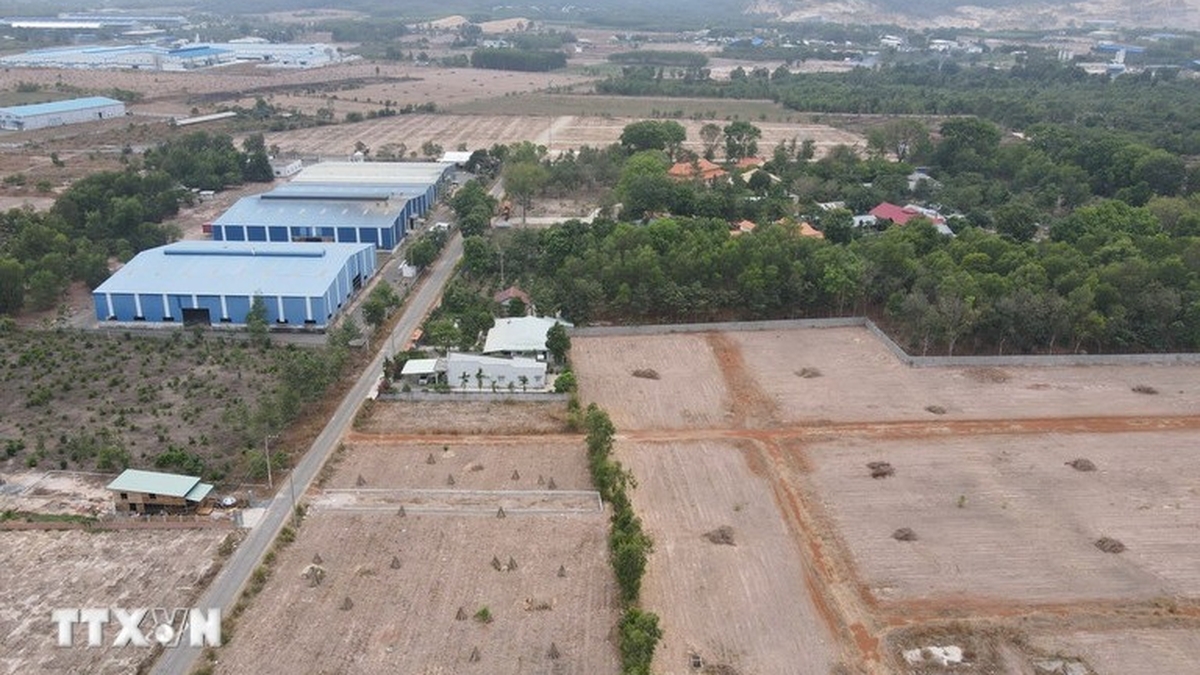

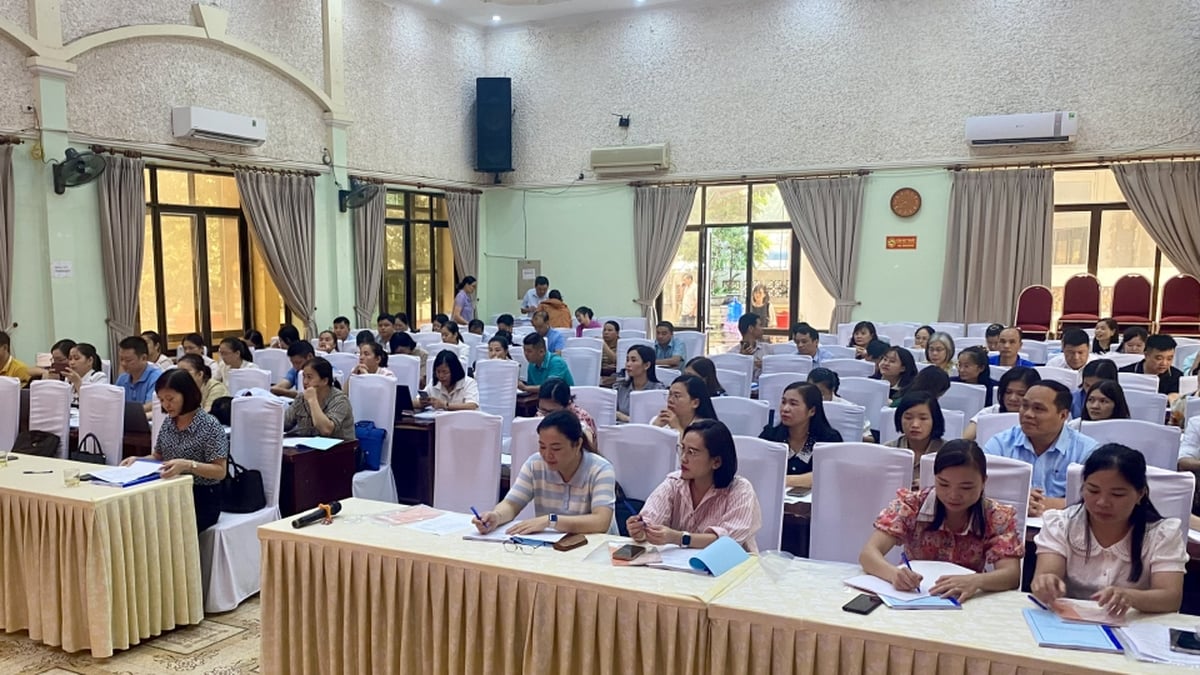












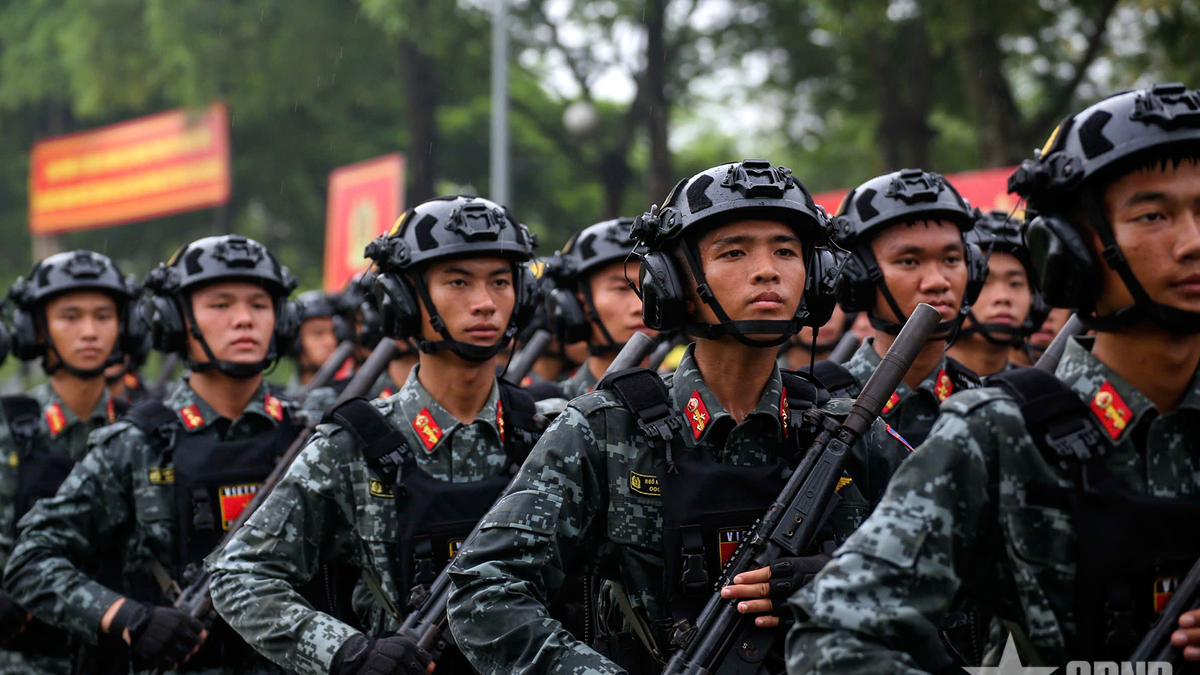
![[Photo] General Secretary and Prime Minister visit the National Exhibition and Fair Center](https://vphoto.vietnam.vn/thumb/1200x675/vietnam/resource/IMAGE/2025/8/19/f4503ad032d24a90beb39eb71c2a583f)
![[Photo] General Secretary To Lam attends the 80th Anniversary of the Government's Founding](https://vphoto.vietnam.vn/thumb/1200x675/vietnam/resource/IMAGE/2025/8/20/3375b78559fa4d558776197d684b8356)
![[Photo] General Secretary To Lam attends the inauguration and groundbreaking ceremony of 250 projects to celebrate National Day](https://vphoto.vietnam.vn/thumb/1200x675/vietnam/resource/IMAGE/2025/8/19/3aa7478438a8470e9c63f4951a16248b)

![[Photo] President Luong Cuong's wife and Queen of Bhutan visit Tran Quoc Pagoda](https://vphoto.vietnam.vn/thumb/1200x675/vietnam/resource/IMAGE/2025/8/19/62696af3852a44c8823ec52b03c3beb0)

![[Photo] Politburo works with the Standing Committee of Da Nang City Party Committee and Quang Ninh Provincial Party Committee](https://vphoto.vietnam.vn/thumb/1200x675/vietnam/resource/IMAGE/2025/8/19/b1678391898c4d32a05132bec02dd6e1)
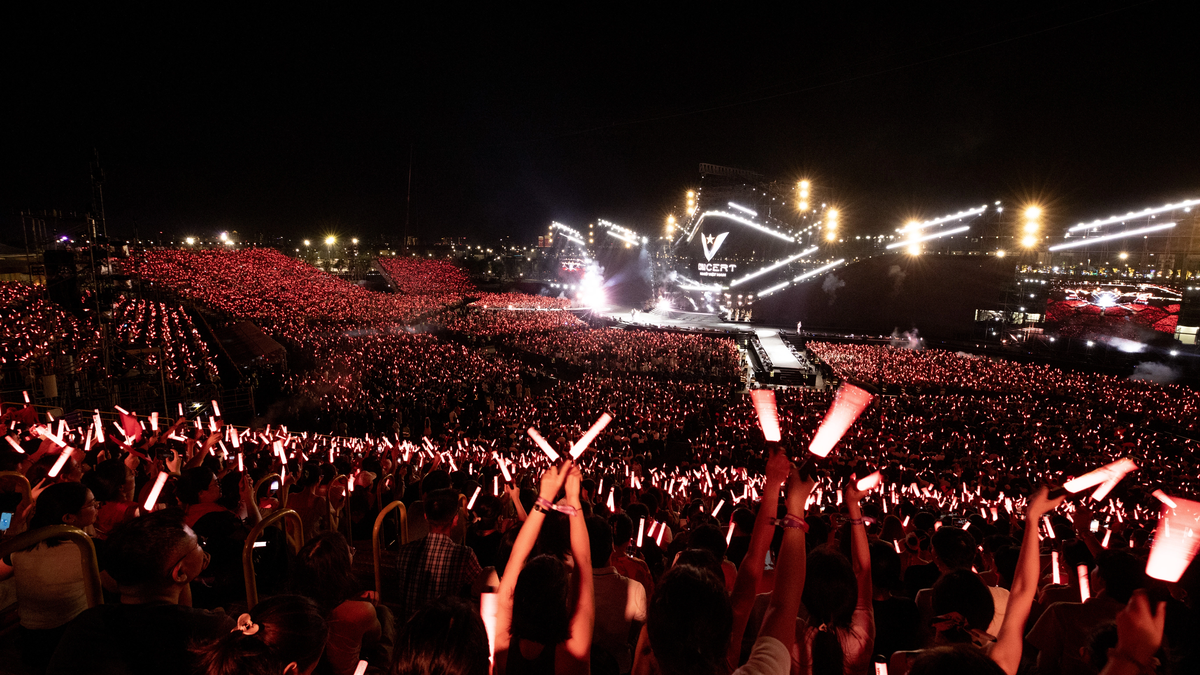
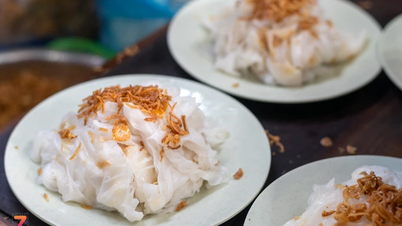

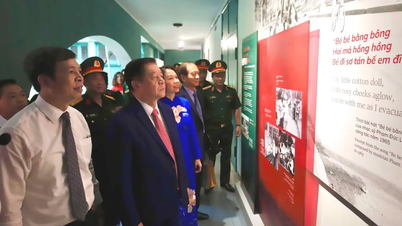







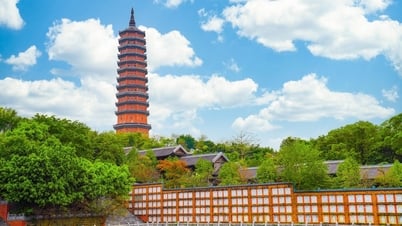

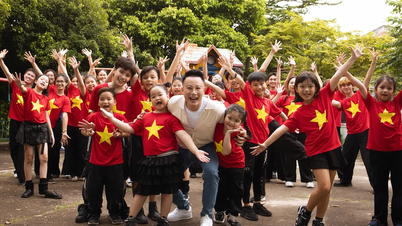

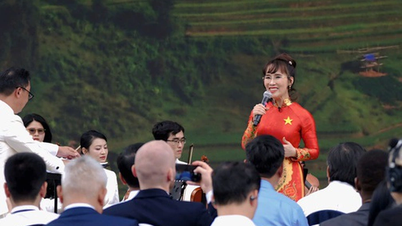


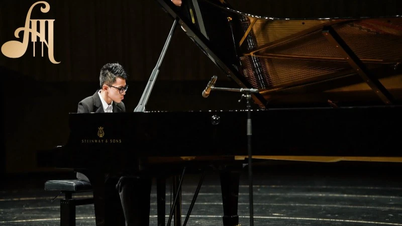
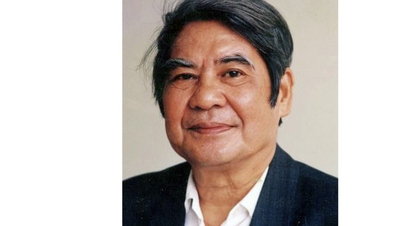
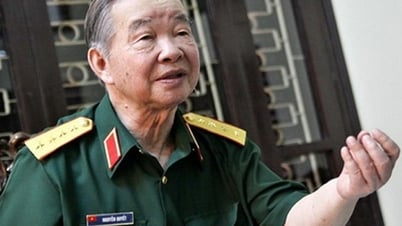



![[Maritime News] Maersk announces positive results in the first half of 2025](https://vphoto.vietnam.vn/thumb/402x226/vietnam/resource/IMAGE/2025/8/20/d9f3704e9e8647a0ade1f6e2309d75d1)








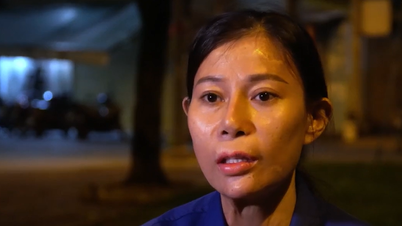
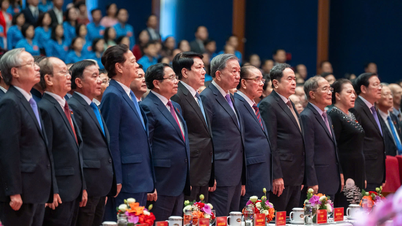










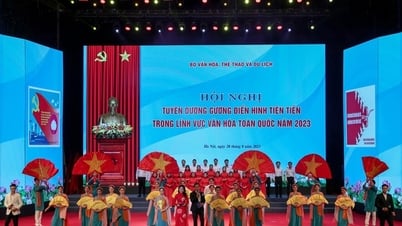
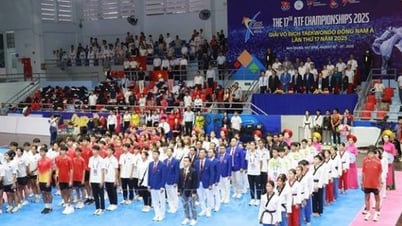









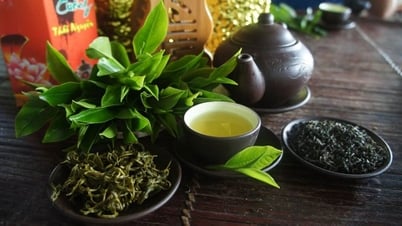

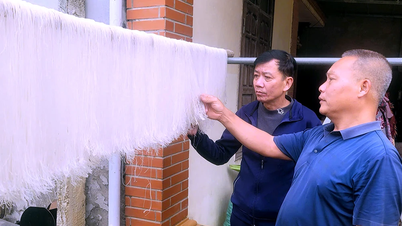



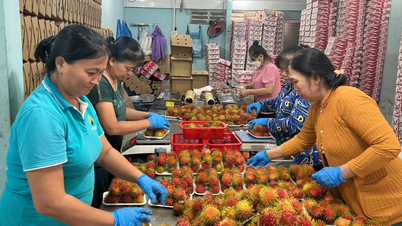





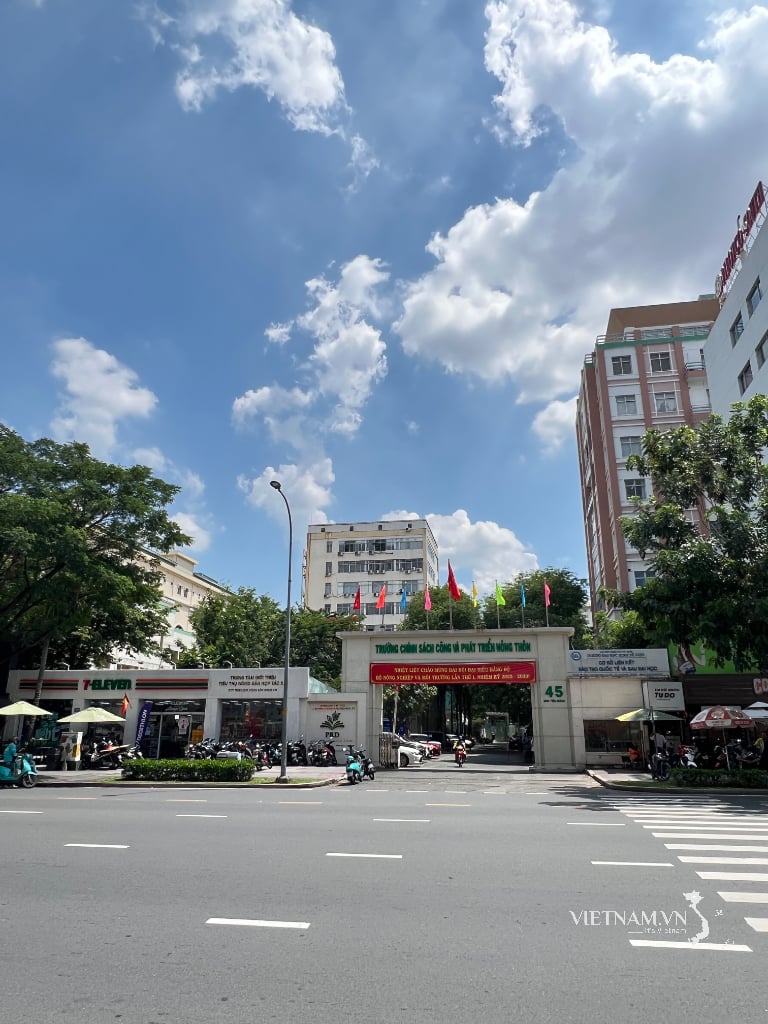
Comment (0)